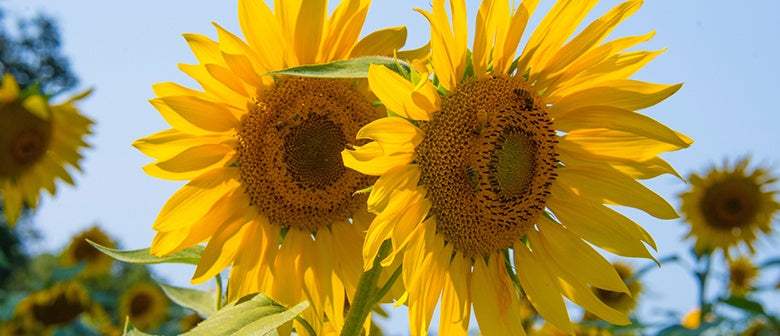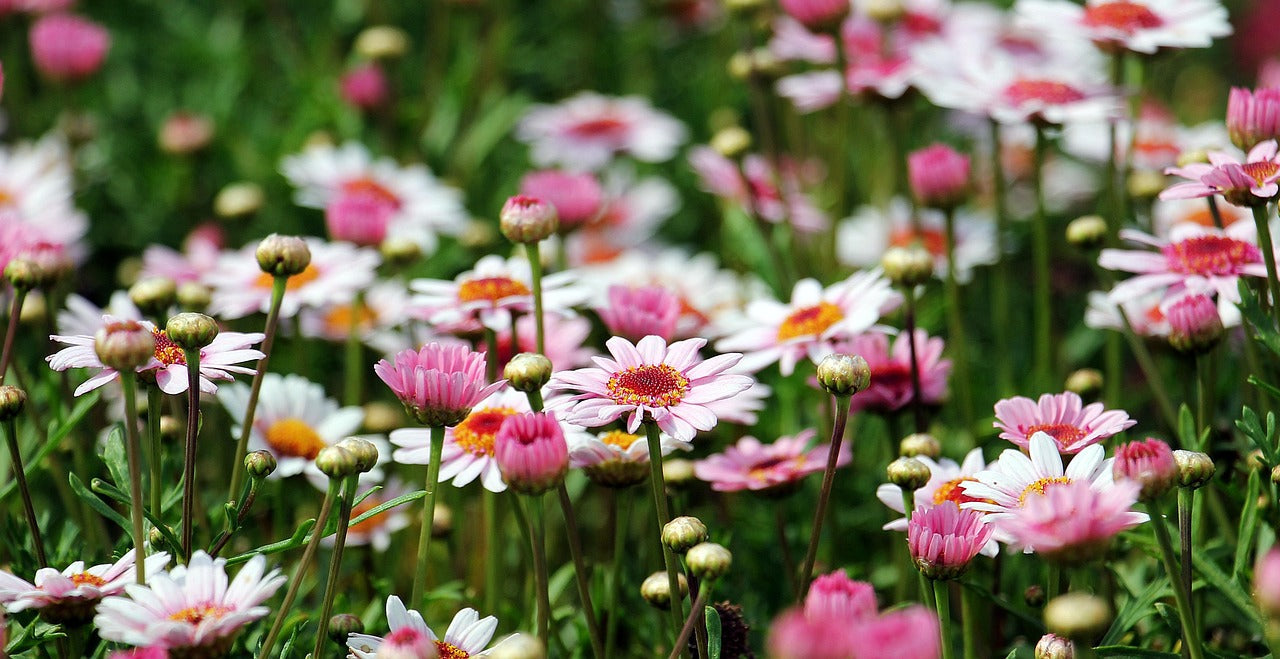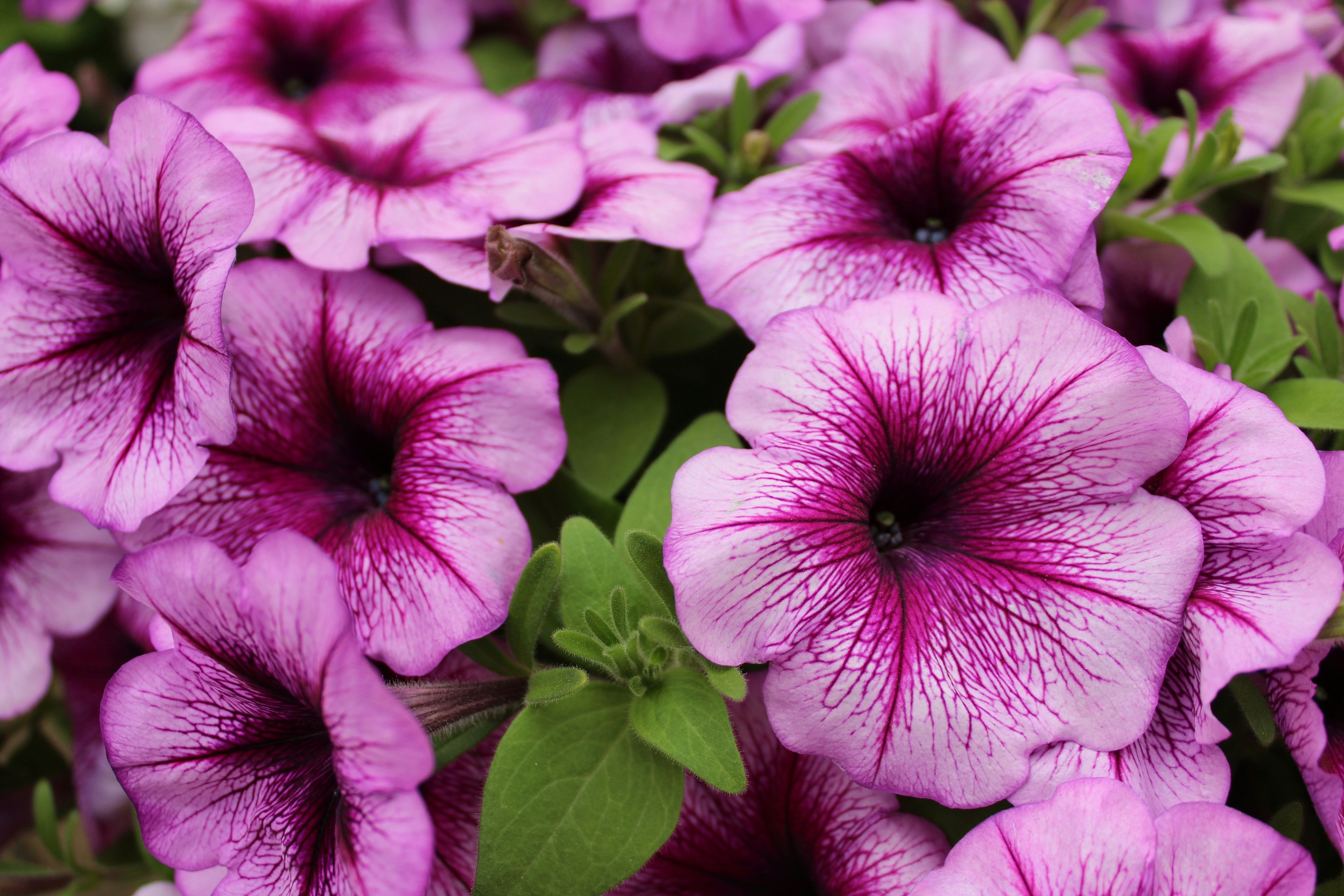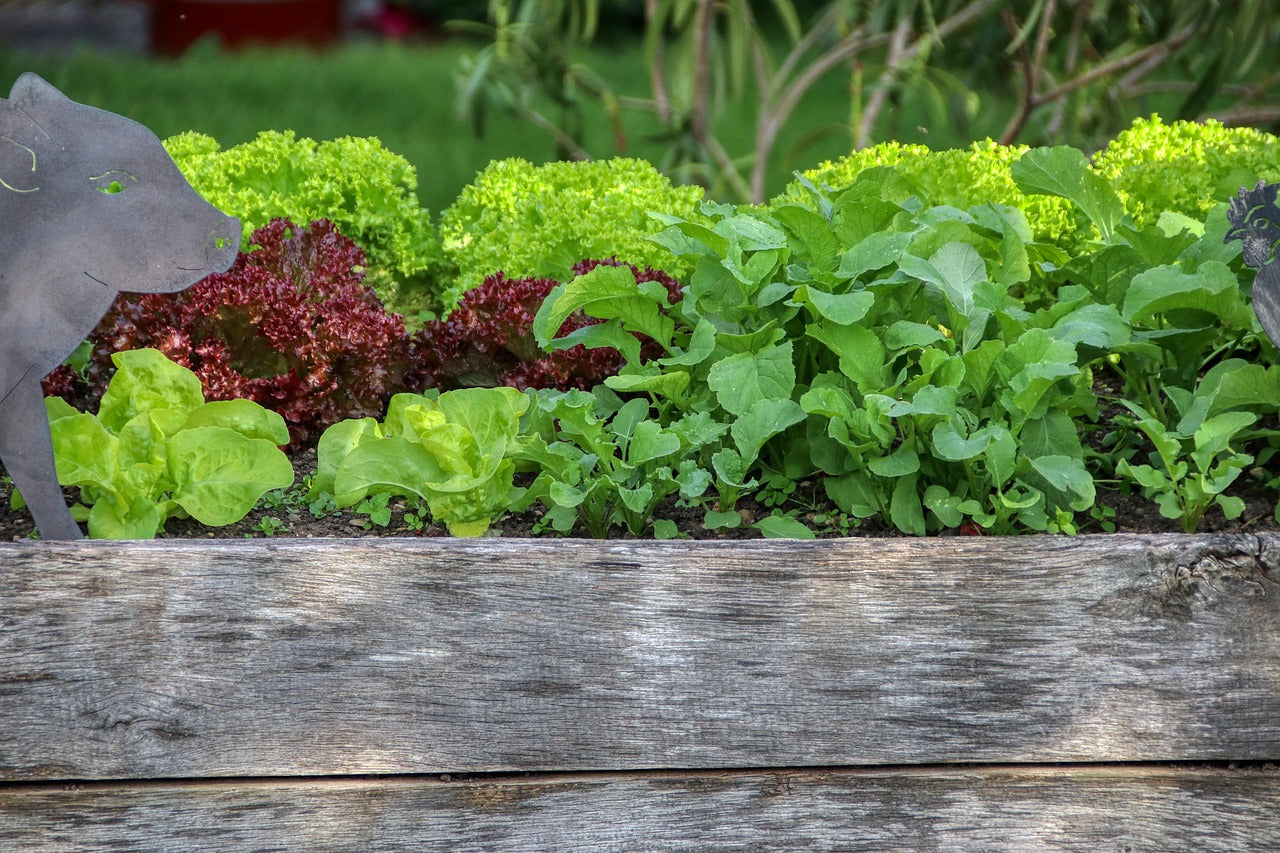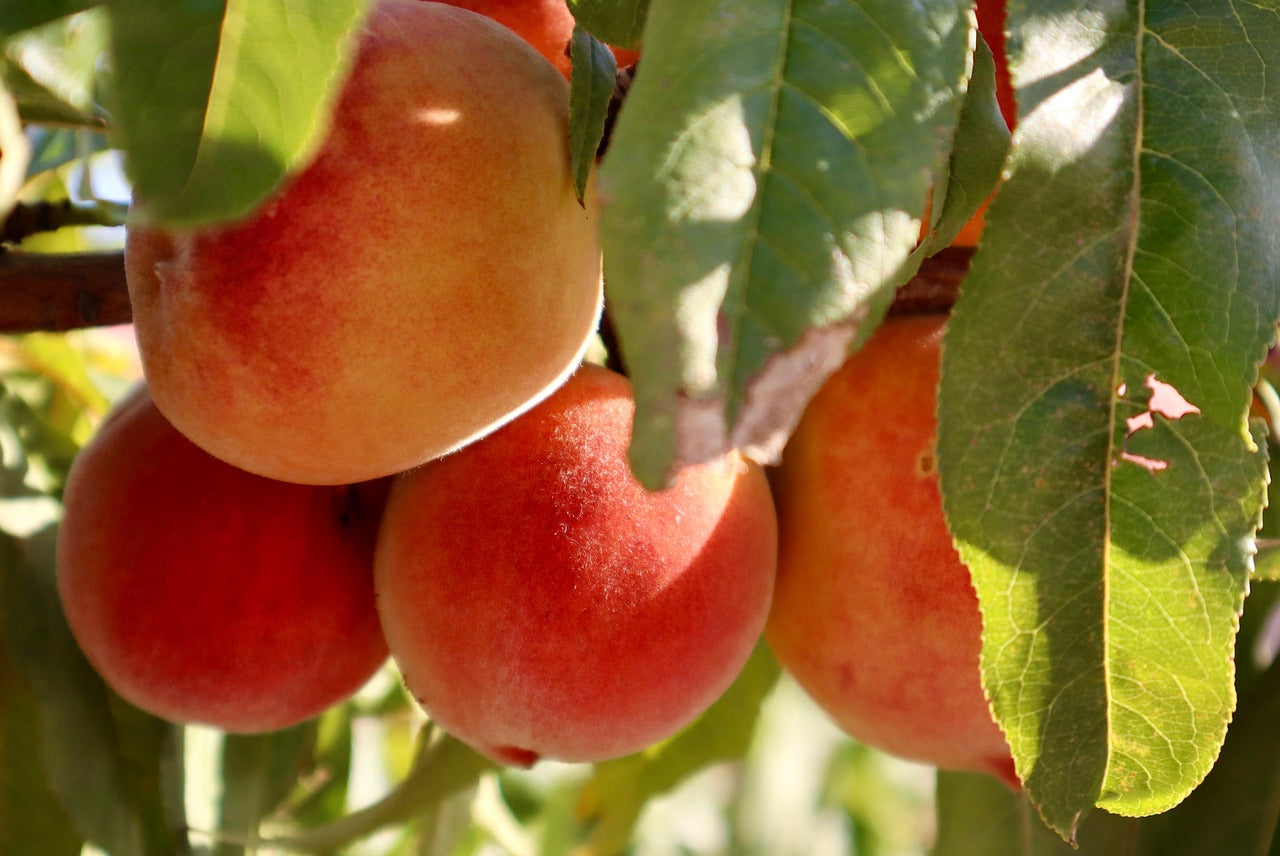Grow some sunshine, grow sunflowers! Sunflowers are a must in the summer garden. It’s extremely satisfying to grow sunflowers due to their ability to reach great heights in a short amount of time and their bright yellow flowers that follow the sun. Here are our tips on how to grow sunflowers:
When to sow
Sunflower seeds can be sown from August until January (when soil temperatures are between 10°C and 30°C) and take between 50–100 days to flower, depending on the variety – the skyscrapers obviously take a little longer than the smaller varieties, so should be sown in spring and early summer, whereas you can keep sowing and planting cute dwarf varieties through to early January.
How to grow sunflowers
Sunflowers prefer to have good soil, but can get by in surprisingly mean conditions. However, sunflowers are far less forgiving when it comes to sunshine, they need lots of it – and not just for growth. They are what is called heliotropic, which means that their flowers follow the sun. This needs to be taken into consideration at planting time.
Sunflowers have long, inquisitive roots and are best sown direct; if you choose to raise them in trays and then transplant them, even carefully, it can hinder their growth and may affect the height that they can grow to.
At planting time
Before you plant, mix some compost in to the soil. Sow sunflower seeds about one knuckle deep, approximately three times the diameter of the seed.
Sunflowers look stunning when planted en masse, another reason to sow them direct, plus it saves you the tedious task of transplanting them all. Protect seedlings from snails, slugs and birds. As they grow rapidly, water them regularly and endeavour to keep the soil moist.
Despite their friendly faces, sunflower roots have antisocial tendencies that can inhibit the growth of nearby seedlings (which on the positive side means they can keep weeds down!). As much as anything, this is due to their habit of sucking every drop of water from the top soil, so plant them at least 40cm away from shallow-rooted annuals. Sunflowers are compatible with cucumbers, melons, sweetcorn and squash. Avoid planting near potatoes.
Harvesting
Once your sunflowers have finished flowering, let the birds enjoy the seeds by leaving the heads in place. You can also leave the heads on the ground to enrich the soil or save some seeds for next year too!
If your intention is to cut the flowers for a vase, trim a centimetre or two off the base of the stems before placing in a vase – the stems can seal over in as little as ten minutes. Replenish the water every three days and recut the stems. Here are our top tips for keeping fresh cut flowers.

